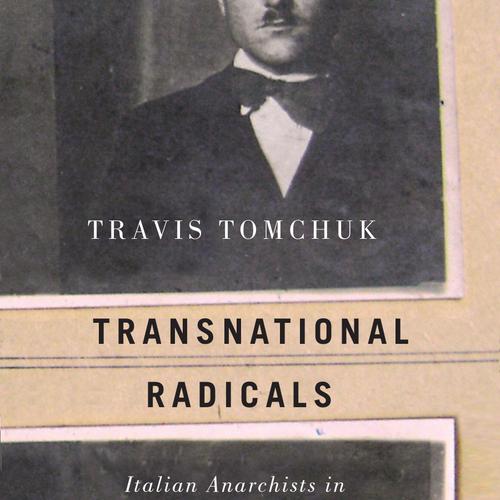Italian anarchism emerged in the latter half of the nineteenth century, during that country’s long and bloody unification. Often facing economic hardship and political persecution, many of Italy’s anarchists migrated to North America. Wherever Italian anarchists settled they published journals, engaged in labour and political activism, and attempted to re-create the radical culture of their homeland.Transnational Radicals examines the transnational anarchist movement that existed in Canada and the United States between 1915 and 1940.Against a backdrop of brutal and open class war—with governments calling upon militias to suppress strikes, radicals thrown in jail for publicly speaking against capitalism and the church, and those of foreign birth being deported and even executed for political activities—Italian anarchism was successfully transplanted. Transnationalism made it more difficult for states to destroy groups spread across wide geographical spaces. In Italy and abroad the strong anarchist identity informed by class, ethnicity, and gender reinforced movement values, promoted movement expansion, and assisted mobilization during times of crisis. In Transnational Radicals, Tomchuk makes use of Italian government security files and Italian-language anarchist newspapers to reconstruct a vibrant and little-studied political movement during a tumultuous period of modern North American history.
